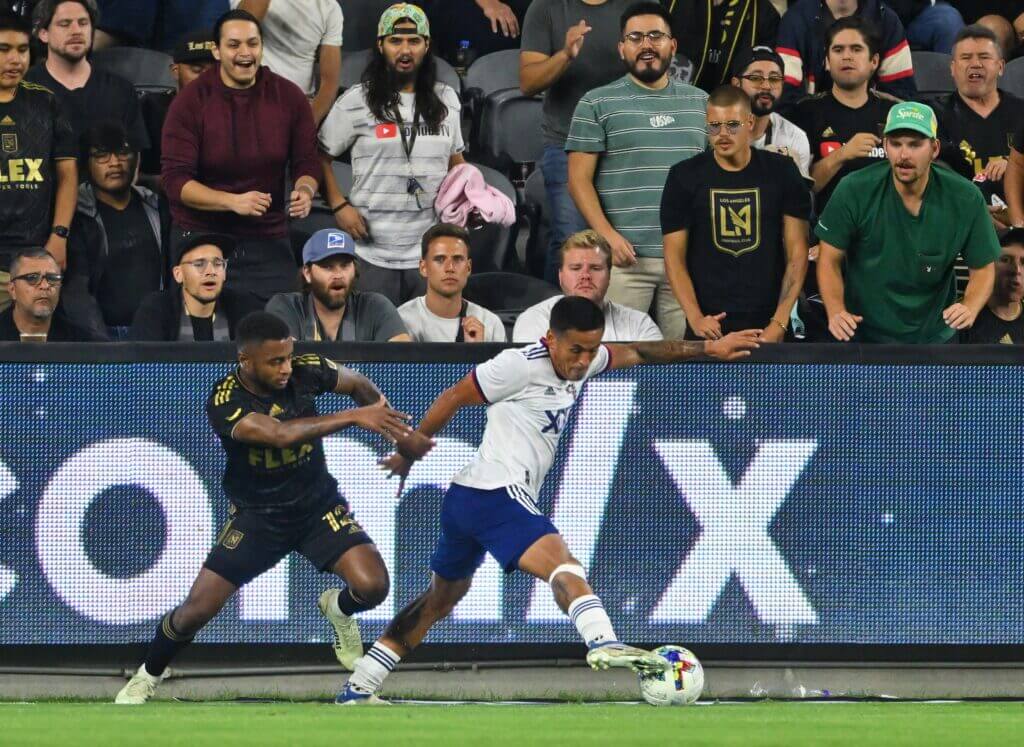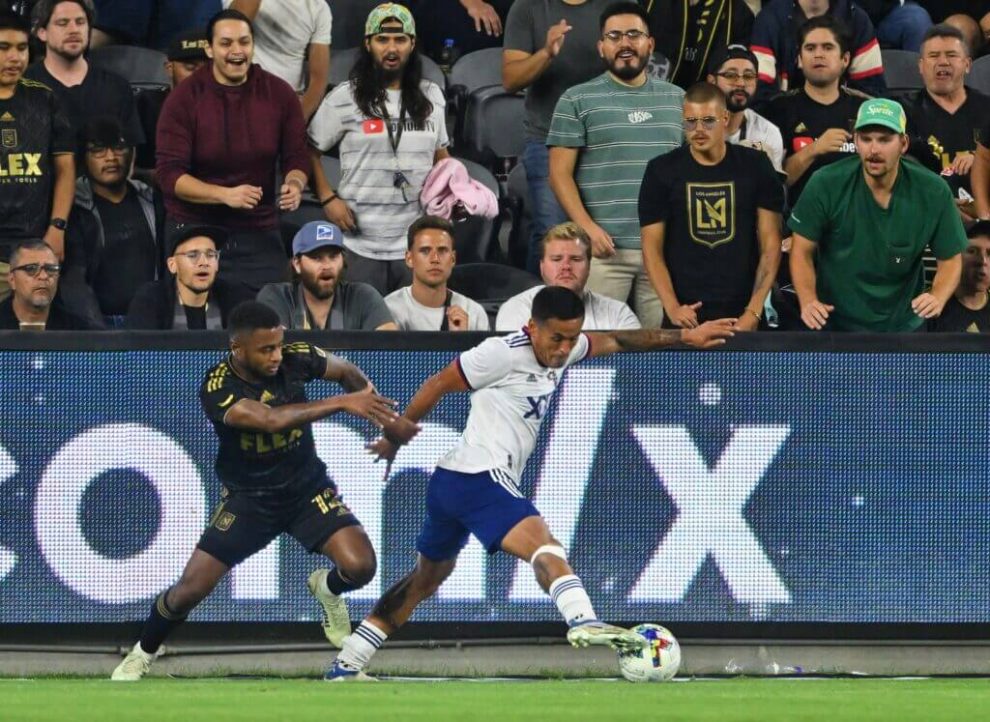
Introduction
Major League Soccer (MLS) has made significant strides in recent years to establish itself as a prominent league in the world of football. While European leagues, such as the English Premier League and the Spanish La Liga, have traditionally been considered the pinnacle of the sport, MLS has been working towards bridging the gap in terms of talent, infrastructure, and fan engagement. In this article, we will explore the efforts made by MLS to compete with European leagues, the role of technology in enhancing the league’s appeal, and the perspectives of influential figures in the world of football.
I. MLS: From Humble Beginnings to Ambitious Growth
- Founding of MLS and Initial Challenges
MLS was founded in 1993, and its inaugural season took place in 1996. The league faced numerous challenges in its early years, including financial instability, limited fan support, and a lack of world-class players. However, the league’s leadership and the collective efforts of team owners and investors laid the foundation for future growth and development.
- Investments in Infrastructure and Player Development
In recent years, MLS has focused on investing in state-of-the-art stadiums, training facilities, and youth academies to improve the overall quality of the league. These investments have attracted international players and top-tier coaches, fostering a more competitive environment.
David Beckham, former Manchester United and Real Madrid star, who joined MLS in 2007 as a player and later became an owner of Inter Miami CF, spoke about the league’s growth, stating, “MLS has come a long way since its early days. The infrastructure and player development have improved significantly, making the league more attractive to top talent.”
II. Enhancing Fan Engagement with Technology
- Digital Platforms and Social Media
MLS has embraced digital platforms and social media to connect with fans and enhance their engagement. The league’s official website, mobile apps, and social media accounts provide fans with access to live scores, highlights, player interviews, and interactive content. This digital presence has helped MLS reach a global audience and build a dedicated fan base.
- Virtual Reality and Augmented Reality
Technological advancements, such as virtual reality (VR) and augmented reality (AR), have revolutionized the fan experience. MLS has utilized these technologies to offer immersive experiences, allowing fans to virtually attend matches, interact with players, and explore stadium environments. This integration of technology has brought fans closer to the game, regardless of their physical location.
III. Perspectives on MLS and European Leagues
- The Role of Money and Competitiveness
European leagues have long been associated with significant financial resources and attracting top talent from around the world. However, MLS has been making strides to level the playing field by increasing player salaries, implementing a designated player rule, and attracting high-profile signings.
MLS Commissioner Don Garber discussed the league’s aspirations, stating, “We want to create an environment where players don’t have to go to Europe to achieve their dreams. We want MLS to be a top destination for the world’s best players.”
- MLS as a Development Platform
MLS has also positioned itself as a platform for player development, nurturing young talents and providing them with opportunities to showcase their skills. Many promising players have used MLS as a stepping stone to European leagues, further validating the league’s role in the global football landscape.
US Men’s National Team coach Gregg Berhalter commented on MLS’s developmental impact, saying, “MLS has played a crucial role in the growth of American players. The league provides a competitive platform for young talents to develop their skills and gain valuable experience.”
Conclusion
MLS’s journey to bridge the gap with European leagues has been a gradual but promising one. The league’s investments in infrastructure, player development, and technology have enhanced its appeal and competitiveness. While European leagues still dominate the global football landscape, MLS has made significant strides in challenging the status quo and attracting both domestic and international talent. As MLS continues to grow and evolve, its efforts to bridge the gap with European leagues will shape the future of football in North America and beyond.











